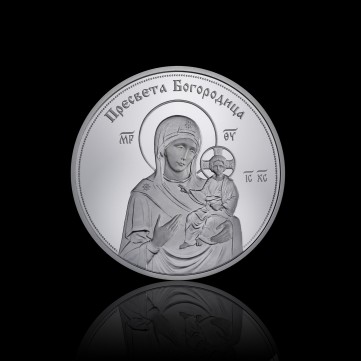
Most-Holy Theotokos Silver Medal, 31.1 g
Delivery up to 35 days
229.00 BGN
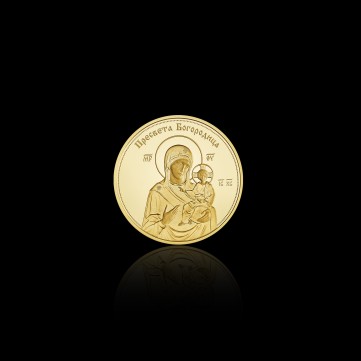
Most-Holy Theotokos Gold Medal, 7.78 g
Delivery up to 35 days
2179.00 BGN
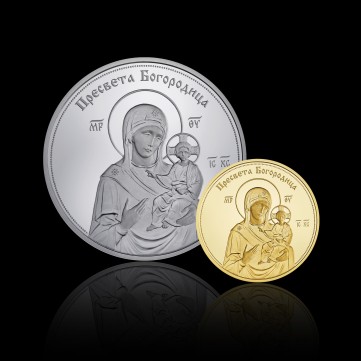
Most-Holy Theotokos Gold and Silver Medal Collection
Delivery up to 35 days
2379.00 BGN
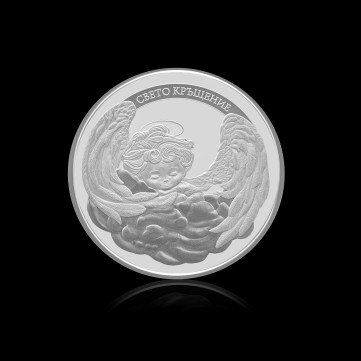
“Holy Baptism” Silver Medal, 31.1g
195.00 BGN

“Holy Baptism” Gold Medal, 2g
Delivery up to 35 days
579.00 BGN
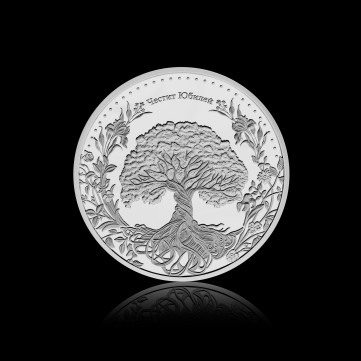
“Happy Milestone Anniversary” Silver Medal, 31.1g
195.00 BGN
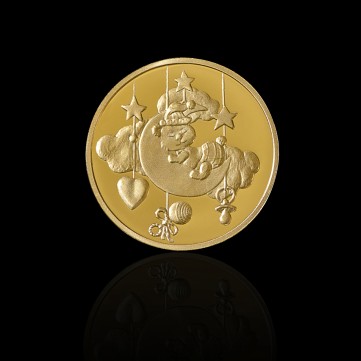
Congratulations on your Baby Gold Medal, 2g
Delivery up to 35 days
579.00 BGN
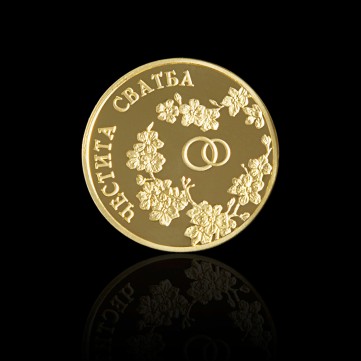
Congratulation on you Wedding Gold Medal, 2g
Delivery up to 35 days
579.00 BGN
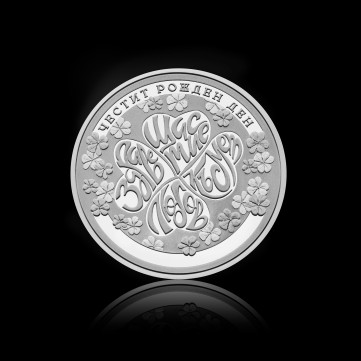
“Happy Birthday” Silver Medal, 31.1 g
195.00 BGN
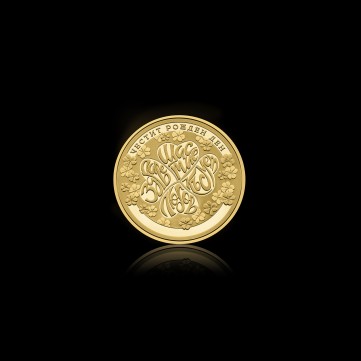
“Happy Birthday” Gold Medal, 2 g
Delivery up to 35 days
579.00 BGN
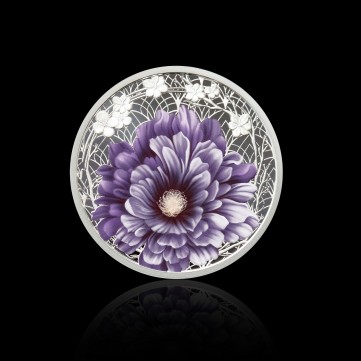
“For Your Special Day” Silver Medal, 10g
84.00 BGN
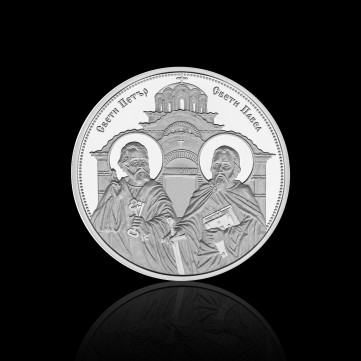
Holy Apostles Peter and Paul Silver Medal, 31.1 g
229.00 BGN
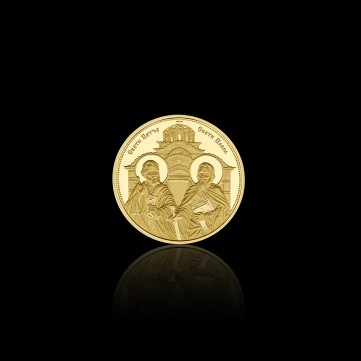
Holy Apostles Peter and Paul Gold Medal, 7.78 g
2179.00 BGN
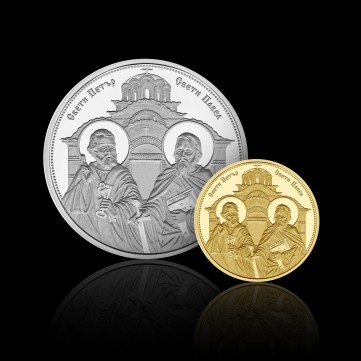
Holy Apostles Peter and Paul Gold and Silver Medal Collection
2379.00 BGN
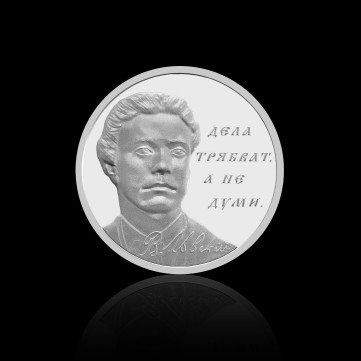
“Vasil Levski - 150 Years of Immortality” Silver Medal, 15g
99.00 BGN
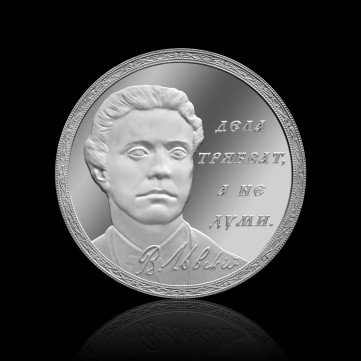
“Vasil Levski - 150 Years of Immortality” Silver Medal, 15кг
Delivery up to 35 days
49500.00 BGN
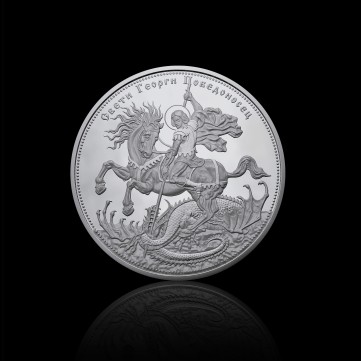
Saint George Silver Medal, 31.1g
Delivery up to 35 days
229.00 BGN
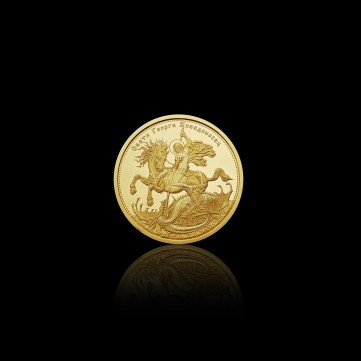
Saint George Gold Medal, 7.78g
Delivery up to 35 days
2179.00 BGN
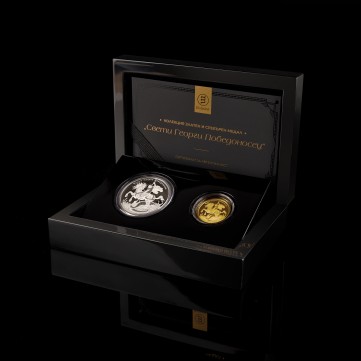
Saint George Gold and Silver Medal Collection
Delivery up to 35 days
2379.00 BGN
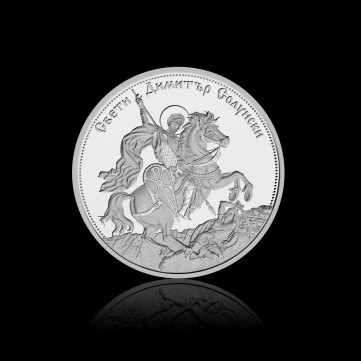
Saint Demetrius of Thessaloniki Silver Medal, 31.1g
229.00 BGN
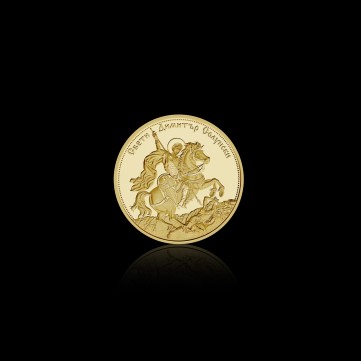
Saint Demetrius of Thessaloniki Gold Medal, 7.78G
2179.00 BGN
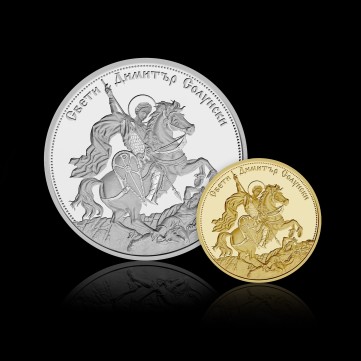
Saint Demetrius of Thessaloniki Gold and Silver Medal Collection
2379.00 BGN
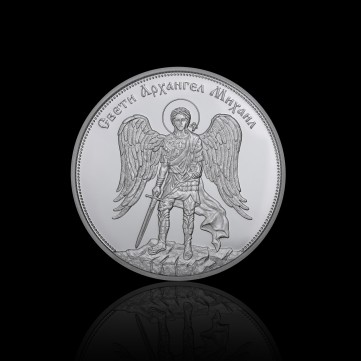
Archangel Michael Silver Medal, 31.1g
229.00 BGN
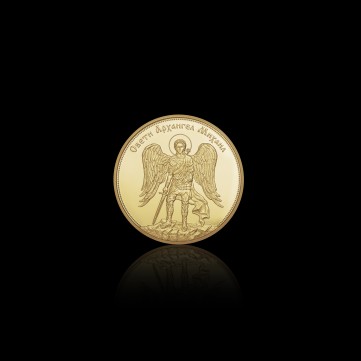
Archangel Michael Gold Medal, 7.78 g
Delivery up to 35 days
2179.00 BGN
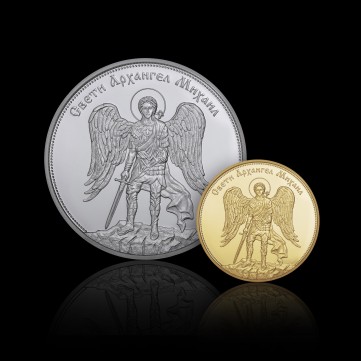
Archangel Michael Gold and Silver Medal Collection
Delivery up to 35 days
2379.00 BGN
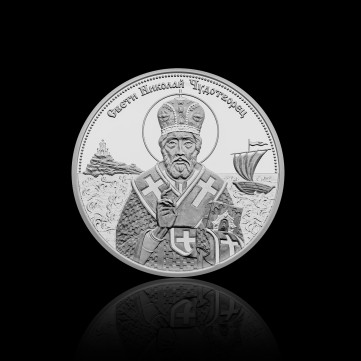
Saint Nicholas the Wonderworker Silver Medal, 31.1 g
229.00 BGN
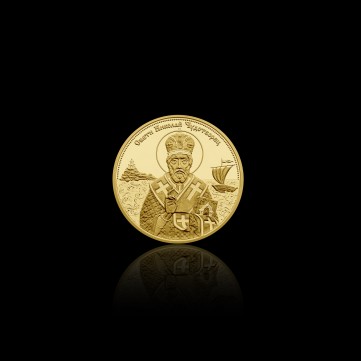
Saint Nicholas the Wonderworker Gold Medal, 7.78 g
Delivery up to 35 days
2179.00 BGN
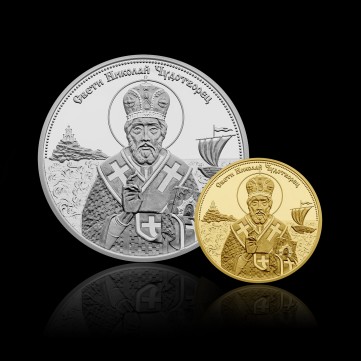
Saint Nicholas the Wonderworker Gold and Silver Medal Collection
2379.00 BGN
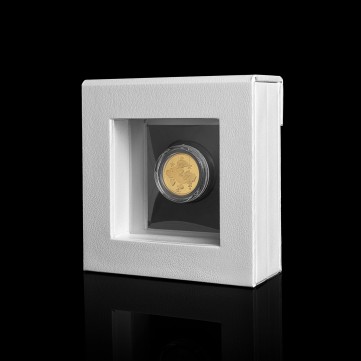
Luxury medal frame - small, white
17.80 BGN

Luxury medal frame - small, black
17.80 BGN
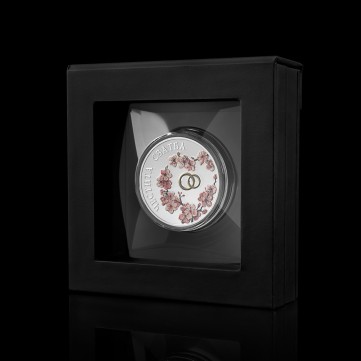
Luxury medal frame - medium, black
19.80 BGN
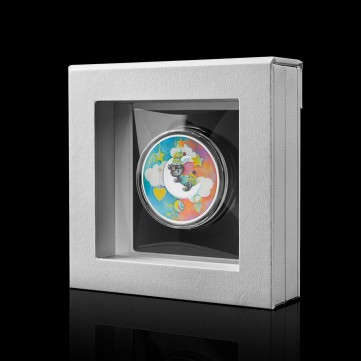
Luxury medal frame - medium, white
19.80 BGN

Luxury medal frame - large, white
29.50 BGN
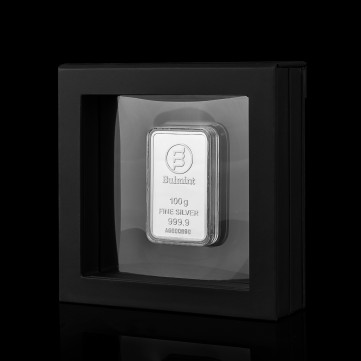
Luxury medal frame - large, black
29.50 BGN
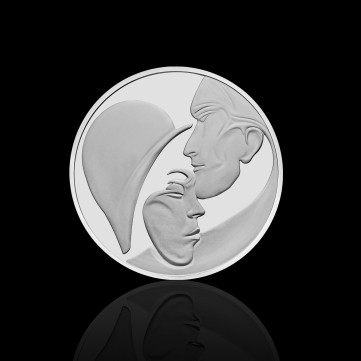
“Together Forever” Silver Medal, 31.1g
195.00 BGN
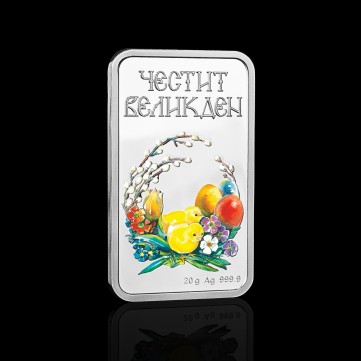
Easter Silver Bullion, 20g
99.00 BGN
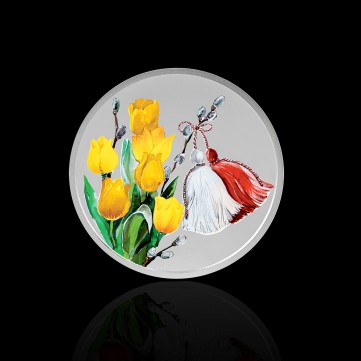
The Silver Martenitsa for Health and Happiness, 10g
69.00 BGN
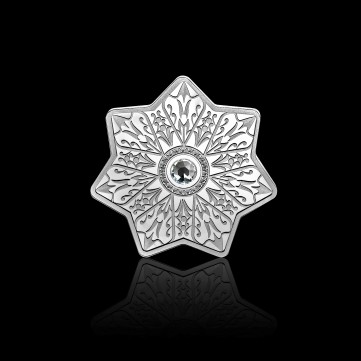
Silver Star, 23.33 g
189.00 BGN
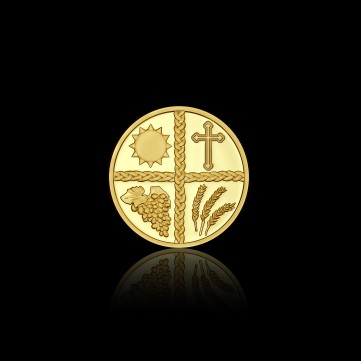
Gold Christmas Eve Bread Fortune, 2g
299.00 BGN
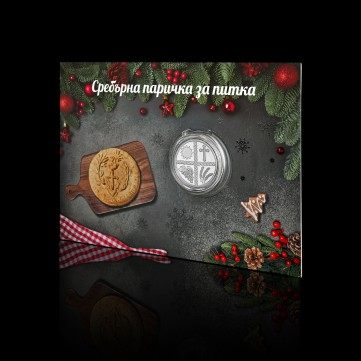
Silver medal for the Christmas Eve bread, 8g
55.00 BGN
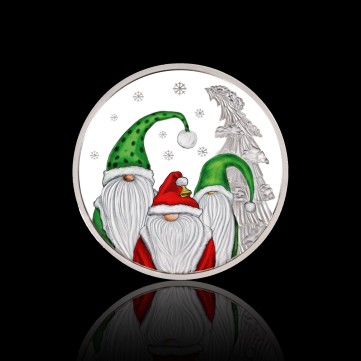
Christmas Fairytale Silver Medal, 15.55 g
95.00 BGN
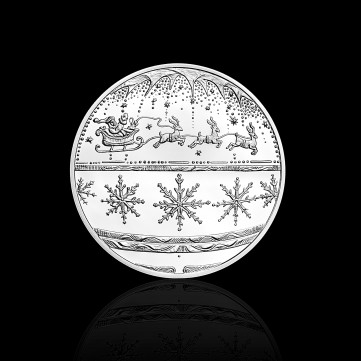
Happy Holidays Silver Medal, 31.1g
159.00 BGN
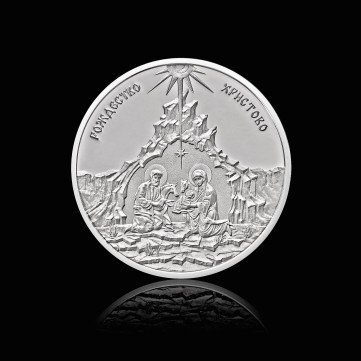
Nativity of Christ Silver Medal, 15.55 g
95.00 BGN
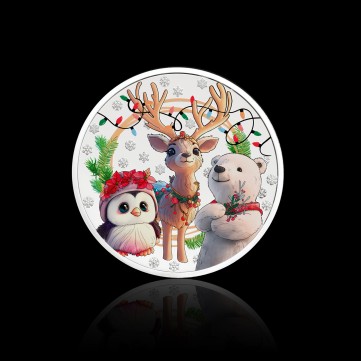
“My First Christmas” 2023 Silver Medal, 15.55 g
119.00 BGN
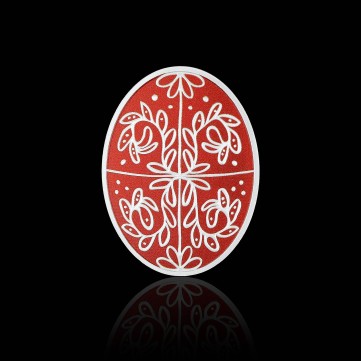
Silver Easter Egg, 16.81g
115.00 BGN















































